Die cutting is one of those hobbies that you either know about and are heavily invested in, or you haven’t got the faintest idea about.
We’ll admit that we originally thought it was a method of tie die…
Yikes.
But die cuts and knowing how to use a die cut machine is actually a skill that comes in useful for a variety of different crafts — scrapbooking, card making, die cut stickers and fabric cutting for starters.
We’ve compiled this complete guide to everything you need to know about die cutting, including how to make your own and the best die cutting machines.
Complete die cut beginners, this one’s for you.
Let’s take it away…
Contents
What is Die Cutting?
Serious scrapbookers will be familiar with the huge range of decorative shapes, edges, and message windows available for embellishing their scrapbook and stationery projects.
These shapes are made using a process called die cutting.
Die cut machines are used in many different industries to cut a specific shape out of paper or other thin, flat material using a steel cutting die — think of it as being like a cookie cutter but for paper.
It can be used to punch out a single decorative shape, or a series of shapes to make a patterned cut out.
For example, these could be star or flower shapes, lettering, or a window in a greetings card. These design elements can then be used to embellish craft projects like cards and scrapbooks, or used as novelty gift tags, uniquely shaped business cards or coasters, or textured designs to personalize other tasks or even to decorate a cake.
Die cutting is a great idea if you’re producing large numbers of anything — like wedding invitations or Christmas cards — as it saves time you might otherwise spend on painstakingly cutting out shapes by hand, and it’s easy on the wallet.
So now you know the amazing crafting possibilities die cutting offers, you must be keen to give it a whirl!
The great news is that there’s no previous crafting skill required to get stuck into die cutting, it’s simple and fun for any age group and skill level, from kids to grannies and everyone in between.
What Can You Use Die Cuts For?
Here’s an inexhaustive list on where you can use die cuts in your crafting life:
- Scrapbooking
- Card making
- Cake decorating
- T shirt decals
- Sticker making
- Vinyl cutting
- Party decorations
- Invitations
- Labels
- General crafts
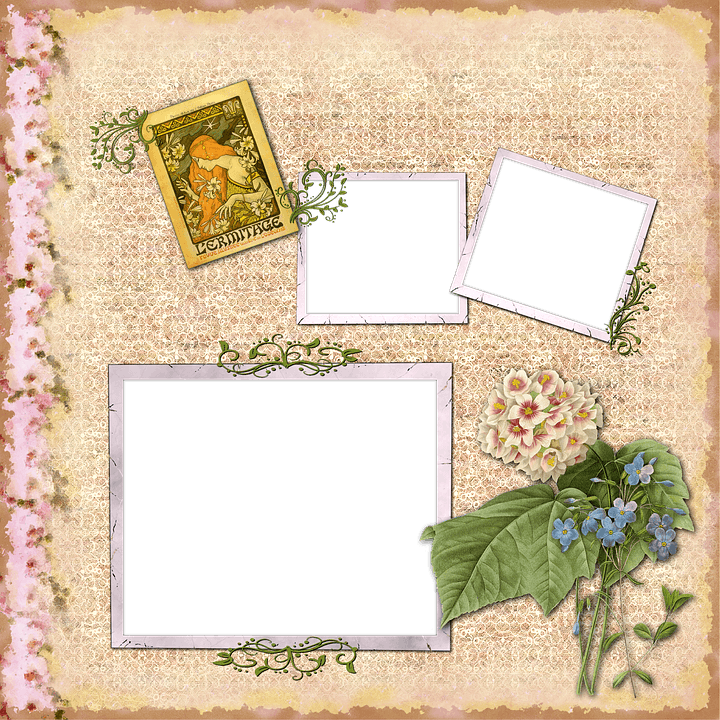
How Does Die Cutting Work?
Die cutting machines allow you to make simple or intricate designs out of a variety of materials, adding detail and texture to your crafts.
The best die cut machines work well with a variety of materials, and can produce delicate patterns that would be practically impossible to cut by hand. There are three main types of machine — manual, electronic and digital.
Manual die cutting machines have a rolling base connected to a handle on the side.
The desired die is slotted into the machine, and the paper is placed on the base. When the handle is turned is rolls the base forward, passing the paper beneath the die and pressing down simultaneously, cutting out or embossing the design on the paper.
Here’s a look at the Big Shot die cut machine in action, for instance:
The automatic version of a die cutting machine looks more like a printer, but works in essentially the same way as the manual machine.
Automatic machines require lightly adhesive paper to keep things in place and use a motor to pull the paper through the machine without you having to put in any physical effort.
Digital die cutting machines are significantly more high tech, and use an entirely different process from the other types of machine.
Instead of using physical metal dies, designs are built into the machine, or the machine is linked up to a computer where you can download stock designs onto it or even create your own unique designs using the supplied software — offering infinite design possibilities.
These are then cut out of the paper with extreme precision using a tiny blade that moves much like a printer head. They can also be used for embossing designs.
As you can imagine this makes them considerably more expensive than the manual or automatic machines, so it’s important to choose your machine carefully.
The Best Die Cut Machine Reviews
Not all die cutting machines were created equal.
We’ve got extensive experience (if not expertise!) using these cutting machines and are confident that these ones we’ve picked out below are the best on the market right now.
Here’s a sneak peek:
| Machine | Manual/Digital | Max Cut Size | # of Materials it Can Work with | Star Rating |
|---|---|---|---|---|
| Manual | 6" x 14" (with Extended Pads) | 15+ | 4.1* | |
| Manual | 6" x 13" (with Adapter C Mat) | 15+ | 4.2* | |
| Digital | 8" x 10' | 80+ | 4.3* | |
| Digital | 12" x 10' | 100+ | 4.5* | |
| Digital | 12" x 23.5" | 100+ | 4.8* |
Sizzix Big Shot Cutting/Embossing Machine
The Sizzix Big Shot is something of a cult classic in the world of die cuts.
Powered by a hand crank, it can cut and emboss designs up to 6 inches wide, cuts cleanly and is super easy to use. Kids and beginners seem to love the Big Shot — thanks to its ease of use and relative low price.
It works with a wide range of cutting dies and embossing folders — not only Sizzix branded ones.
With its cute little handle, it’s also portable and easy to carry around for craft nights!
Pros
- Cuts cleanly
- Can handle a variety of materials
- 3 year limited warranty
- Can handle multiple layers
- Lightweight
- Carry handle
- Comes with extended multipurpose platform for larger designs
Cons
- Boring white and gray design
- Be careful when cranking the handle — too much force can cause it to break
Cricut Cuttlebug
The Cuttlebug is the main competitor to the Big Shot in the manual die cut machine stakes.
They’re very similar machines, with just a few differences to distinguish them — one of which is price.
Just like the Big Shot, you power the Cuttlebug yourself using the crank handle on the side of the machine. It comes with some bonus embossing folders and dies, as well as the plates you need as well.
Pros
- Clean cuts
- Can worth with a variety of materials, including thin leather
- Works with a variety of dies and folders
- Mint color scheme is chic and sophisticated
- Cheaper than the Big Shot
- Lightweight and portable
Cons
- Suction pads on the bottom of the machine can be hit and miss
Silhouette Portrait 2
Silhouette is one of the major players in the die cutting and vinyl cutting world, and the Portrait 2 is their latest budget machine.
It’s a digital machine, that can be hooked up to your computer so you can cut whatever designs you fancy. It also comes with software to enable you to create and edit your designs as you see fit before you cut.
If you’re able to spring for the Silhouette Portrait over the manual die cut machines above, you won’t regret it — and it’s only marginally more expensive.
It can work with significantly more materials and allows you much more creative freedom.
Pros
- Clean cuts
- Doesn’t require buying additional dies
- Software is compatible with PC and Mac
- Bluetooth compatible for wireless die cutting
- Works with a variety of different materials — over 100 in total
- Can cut designs up to 8″ wide and 10′ long
- You can cut fonts that are already installed on your computer
- Lightweight — just 5lbs
Cons
- Best for simple designs
- Small learning curve for beginners
Silhouette Cameo 3
The upgrade to the Portrait is the Silhouette Cameo 3 — a recently released machine that’s really one of the best personal cutting machines you can buy right now.
Like the Portrait, it’s a digital machine, that has access to software allowing you to create and edit your own designs.
It can cut up to 12″ wide and 10′ long and can handle over 100 different materials. It’s great for experimentation!
The cutting itself is cleaner and more sophisticated than on any of the previous machines, and it has a dual carriage for cutting and scoring, or cutting and drawing, at the same time — great for card making!
UPDATE: The Cameo 4 is now available — read all about it here
Pros
- High quality cuts
- Software to create and edit designs
- Cuts 100+ materials
- Cuts designs up to 12″ wide and 10′ long
- Bluetooth enabled for wireless cutting
- Dual carriage to use multiple tools at the same time
- Equipped with self-adjusting AutoBlade for automatic settings
- Lots of bundles available for big savings
- Comes with 100 designs
Cons
- Comparatively expensive
- Works quite loudly
Cricut Explore Air 2
Our final pick — and probably the best die cut machine right now — is the Explore Air 2, from the same company that brought us the Cuttlebug.
It’s the main competitor to the Silhouette Cameo 3 and sports much of the same technology. It can work with 100+ materials, has a dual carriage and automatic cut settings for a number of materials.
There are a couple of subtle differences: the Explore Air 2 is faster and is better at cutting than the Cameo 3 — even on the most intricate of designs — however, it can’t cut as big areas. It’s maximum cut size is 12″ wide by 23.5″ long.
Pros
- Excellent cutting specs thanks to premium German carbide blades
- Dual carriage for cutting and scoring/cutting and drawing at the same time
- Can cut over 100+ materials
- Fast Mode available for some materials
- Easy to use software available
- Thousands of ready to make projects available
- Bluetooth enabled for wireless cutting
- App that allows you to create on tablets and smartphones, as well as on your computer
Cons
- Comparatively expensive
- Can’t cut as big designs as the Silhouette Cameo 3
Die Cutting: Is it Expensive?
The truth is that die cutting can be expensive, but it doesn’t have to be.
If you’re on a super tight budget, you can make die cutters using the method we’ve outlined below for next to nothing, and if you stick to using more basic papers, the price of completing a project could well end up under $10.
It will however cost you a little more in time and patience.
If you prefer to take the more convenient route, simple die cutting starter kits can be bought for as little as $40.
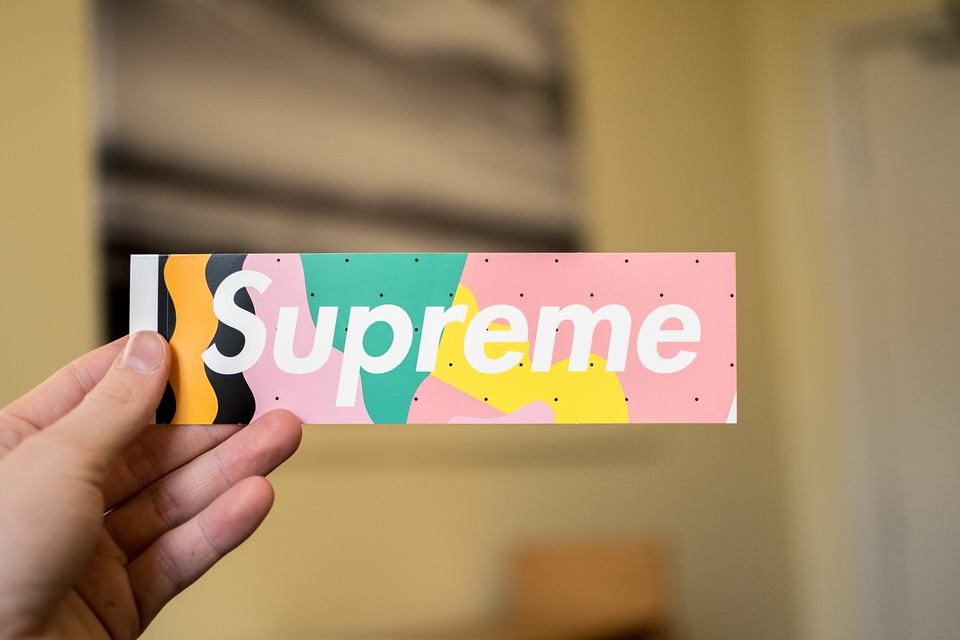
Bear in mind though, that if you want more than a basic set of die designs you’re going to have to buy the cutting dies individually, which will bump up the overall cost.
If you’re getting a bit of a die cutting compulsion you may wish to make a more serious investment in some state of the art technology to give your projects wings.
Die cut machines are generally very reasonably priced and are certainly the easiest and most convenient way to indulge yourself in this hobby. Plus, many of the major machines work with a variety of different dies so you can cut costs by buying generic rather than brand name dies.
DIY Die Cutting
But what about if you’re on a tight budget? Or maybe you just like to give your work authenticity by doing things the old fashioned way?
If this sounds like you, you’ll be happy to hear that there is a cheap alternative to using a machine. It is relatively simple, cheap, and fun, to make your own cutting dies, meaning that you can create your own, totally exclusive designs that don’t exist anywhere else, to personalize your handiwork.
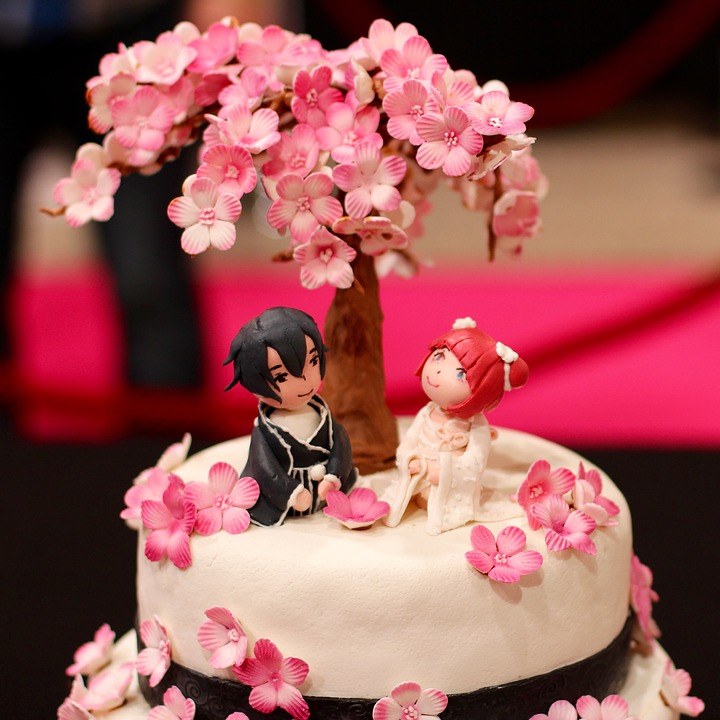
So to give a big boost your craft kudos, why not make your own dies? It will add huge personality to your paper projects.
How to Make Your Own Cutting Dies
Want to know how to make your own cutting die? Here’s our step by step guide…
You will need:
- A drawn or printed design
- An old tin can, washed and dried
- Tin snips
- Whetstone or wet sanding paper
- Expanding foam glue
- Thin nose pliers
- Grinder or sharpener
- Thick gloves
- Ruler
- Foam board (like the type used by florists) slightly bigger than your design
Method:
- The metal from the can will form the main body of the cutting die, so it needs to be cut into even strips no more than an inch wide using a pair of tin snips.
- Make the strips as long as possible to avoid having junctions wherever possible. Don’t forget to wear gloves to protect your hands when handling sharp metal edges.
- Once the strips of can are cut, you need to make them as sharp as possible so they cut through paper easily without snagging.
- Use a vice or clamp to keep them firmly in position and use your grinding or sharpening attachment to sharpen one side of the strips at a low angle.
- When you are satisfied the strips are as sharp as you can get them, finish them off by running them over a whetstone a few times on both sides, or use wet sanding paper to give them a fine sand. If you’re not sure they’re sharp enough, test them on a sheet of paper.
- Next, using your design as a guide, bend the strips to follow the lines and take on the form that you would like.
- Cut the metal strips to the required length for each part of the design using the tin snips, and use the thin nose pliers to bend and pinch any sharp angles. If you’re unsure what length to cut the strips, use a ruler to accurately measure the distance.
- Place each section of the design on the foam and gently press them in until there is exactly the same length of metal protruding all the way round, parallel to the surface of the foam.
- Use the expanding glue to set the metal strips into the foam and reinforce them, as well as leaving enough clearance at the edge of the blades and also hardening the foam itself. A very small amount of glue should be sufficient.
- As soon as the glue has hardened you are good to go and get cutting! Make sure to put down a craft mat or similar to protect the work surface, and lean on the die cutter, gently applying pressure. You should end up with a perfect cut out of your design!
Advanced Project Ideas
Has your passion for die cutting started to become an obsession? (A healthy and creative one of course!) You’re going to need to take your cutting skills to the next level with some seriously creative thinking.
Here are our favorite ideas for new and exciting die cutting projects to take your creativity to new heights…
Make the Most of Materials
Don’t stop at just cutting paper.
Why not experiment with cutting other materials too, like foils, fabrics, leathers, textured cardboards and papers, cork, plastics and even sheet metal?
As long as it’s thin and flat enough to fit in your die cutting machine, and the machine is powerful enough you can give it a try.
Just think what new dimensions it could bring to your craft projects!
Go 3D
Instead of sticking to two dimensional projects on flat surfaces, add some volume and make things 3D.
Get inspired by intricate ornamental paper cuts, and add spaced layers to designs and frame them in box frames to give the illusion of depth — it could be stunning!
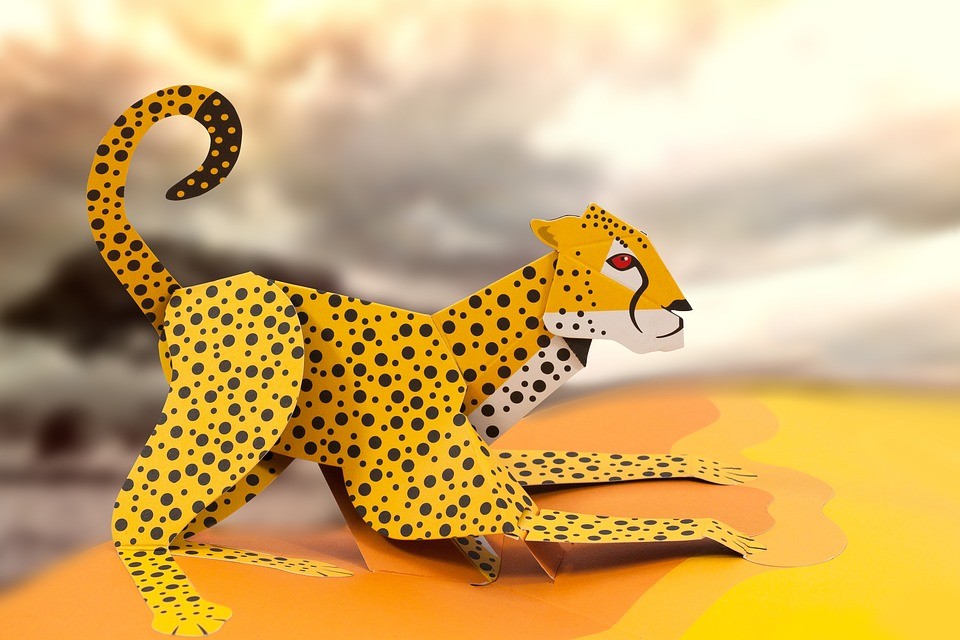
Emboss like a Boss
Too much smooth can be boring. Texture is a way of shaking things up a bit and adding interest to a craft design.
Injecting texture into your project by using different materials with different surface qualities is great, but why not take it one step further and experiment with embossing?
Many die cutting machines have an embossing function with a multitude of different textures, and it can add a delicate, subtle beauty to a finished design — especially when combined with other materials.
Where to Buy Die Cut Accessories
There are a ton of reliable online stores where you can shop for die cutting supplies from the top manufacturers without leaving the comfort of your own home.
Here’s where we like to stock up…
Amazon
It goes without saying that Amazon is one of the easiest, most convenient and cheapest places to stock up on die cutting machines and accessories.
This is where we get most of our stuff, let alone just die cut materials!
Craft Direct
At Craft Direct you’ll find a huge selection of craft cutting dies for all kinds of applications including shapes, lettering and numbers, flower making dies, frame and banner dies, tag and label dies, and even jewelry dies.
They also stock an extensive range of manual, automatic and digital die cutting and embossing machines, and a whole host of scrapbook supplies and embellishments.
Craft E Corner
A good place to shop for top of the range electronic and digital die cutting machines, machine bundles and starter kits, Craft E Corner offers products from the popular Silhouette America range including their popular Cameo and Portrait machines as well as many accessories such as vinyl, heat transfers, pens & tools.
Alternatively try the Cricut Explore machine for quick cuts or drawing on paper, cardstock, and fabric transfers, or simpler machines like the Cut’n’Boss and Sizzix BIGkick with die cut plates and embossing folders.
There’s a whole bunch of accessories available on the website too.

Walmart
Walmart is the ‘go to’ store for so many other things, so why not die cutting supplies as well?
Walmart’s online store has a good variety of sensibly priced die cut machines and supplies, including machines by major brands Cricut, Silhouette, and Sizzix, as well as a solid selection of scrapbooking and paper crafts supplies and die cutting tools and accessories such as blades, embossing tools, and cut machine accessories.
Scrapbook.com
Stocks an assortment of die cutting supplies including die cutting machines and accessories, cartridges, individual dies, embossing tools, rubber stamps, and stamp and die sets.
Brands include Umbrella Crafts, Sizzix, Spellbinders, Silhouette, and We R Memory Keepers.
Joann
With a bumper selection of dies and accessories for all your paper crafting projects, plus a good choice of die cutting machines from brands like Sizzix and Cricuts, a visit to the Joann website is a must for any die cutting enthusiast.
In fact there are over 2,700 products related to die cutting featured on the site, as well as a handy die cutting machine finder to select a machine that fits your crafting needs best.
Now that’s everything you need to know about the humble die cut and die cut machine. Class dismissed!
Any questions?

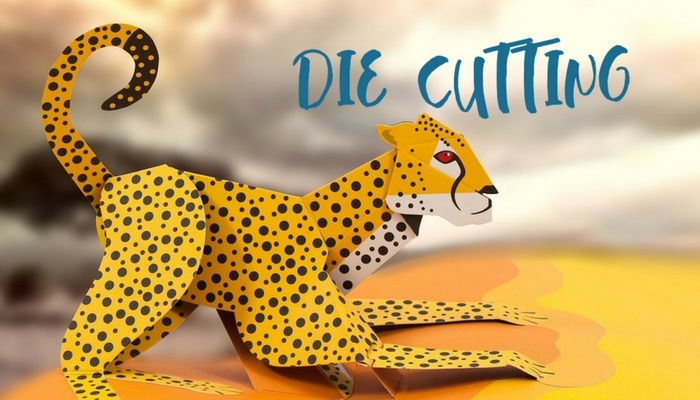






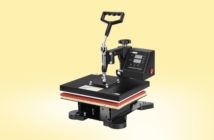



1 Comment
Hi there!
Fantastic article on Die Cutting. I didn’t know much about it and this explained it very well. Though I still don’t understand why it’s called DIE cutting?? Why isn’t it just ‘cutting’? What’s the ‘die’ about?
Haha – I will have a google and see what I can find out.
Nevertheless, a cutting machines are pretty cool.